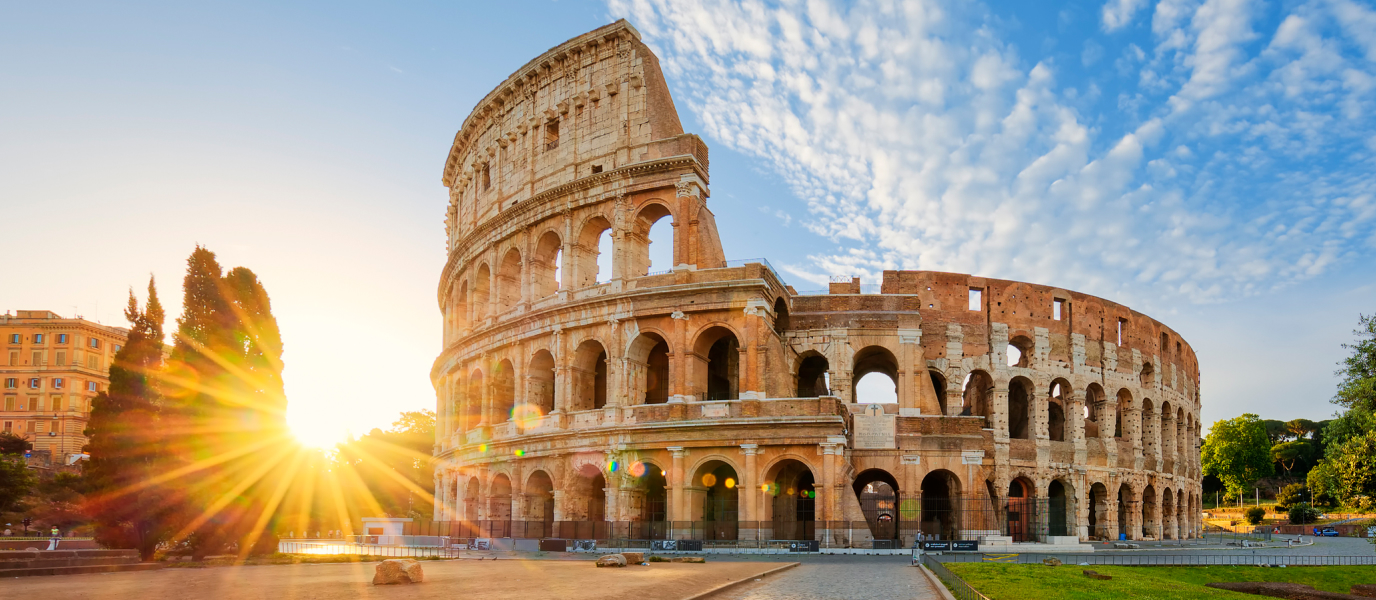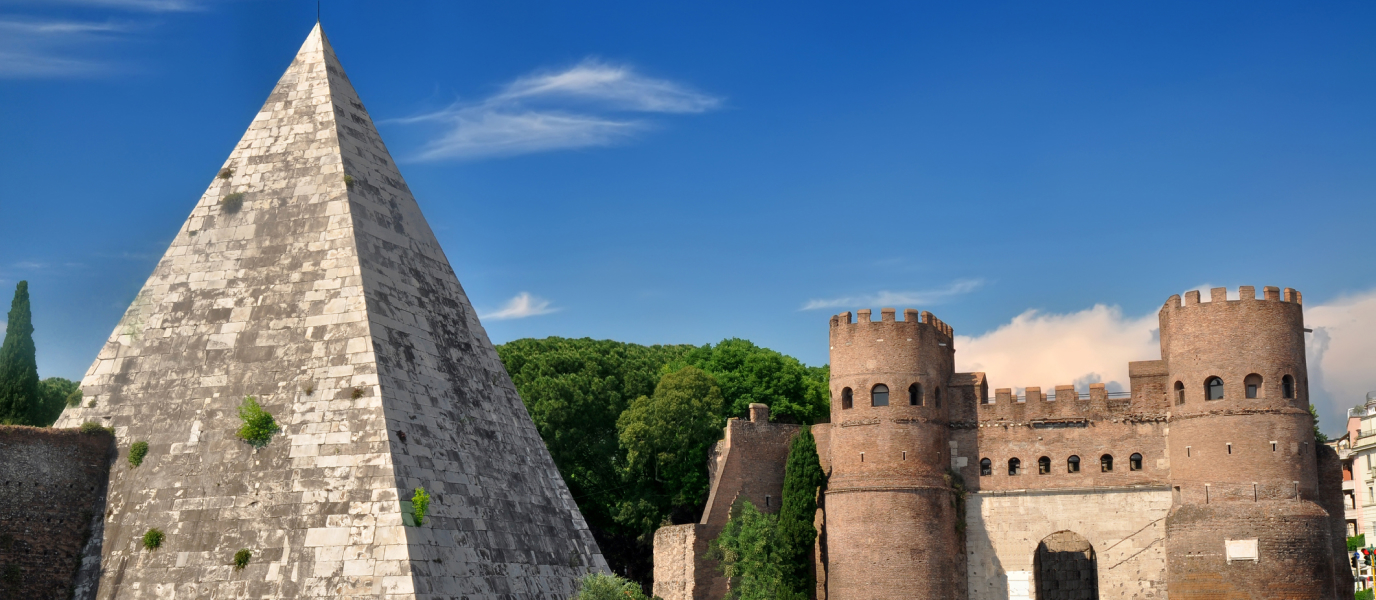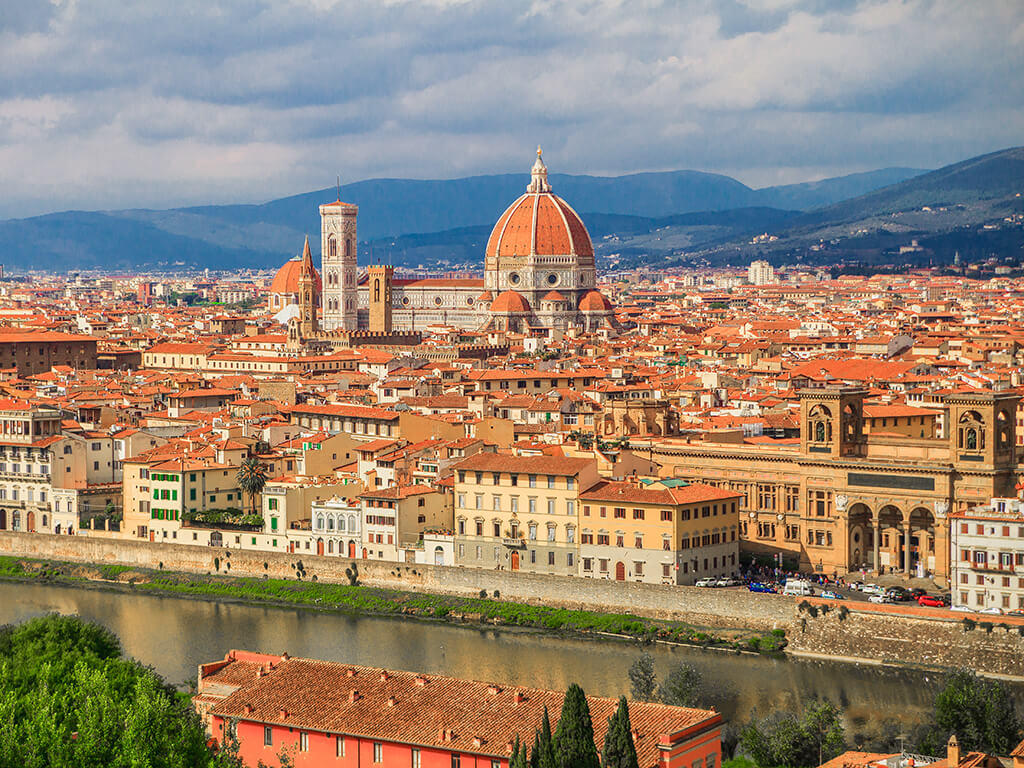Visiting any of the underground tunnels that make up the catacombs of Rome is a riveting experience. Those who are not fans of confined spaces and who are claustrophobic may need to skip this attraction because it is not for the fainthearted!
The catacombs are made up of hundreds of underground passages, whose walls were used to bury the dead. Scores of Christian martyrs were buried here and the burial sites have since become sanctuaries.
The catacombs are a mandatory stop for all history buffs and inamoratos of the Eternal City. Read on to discover which catacombs correspond to the first Christians.
The history and importance of the catacombs
In ancient Rome, burial places were forbidden within city walls. This meant that 2nd-century Christians could not bury their dead so they began building a network of underground tunnels just on the outskirts of the city. The word ‘catacomb’ stems from the Greek word katà (under) and kymbe (cavity) and its origins can be traced back to the first burial grounds that were placed near natural caves. The underground system of tunnels and galleries became more extensive over the course of time.
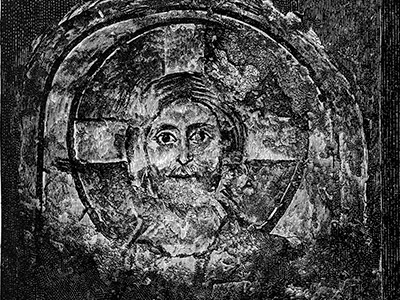
When the Roman Emperor Constantine I enacted the Edict of Milan in 313 to give Christians legal status within the Roman Empire, the practice of catacomb burial began to decline until it was fully abandoned.
Rome was subjected to a series of raids as of the 9th century so it was decided to move the underground relics of the first Christian martyrs and popes to the aboveground basilicas for safekeeping. Bit by bit the loculi (wall graves) were emptied and the catacombs were forgotten until they were rediscovered in the 16th century. Since then, archaeologists have found more than 30 different catacombs. The inscriptions on the slabs tell the story of the incredible difficulties the first Christians had to endure until they were legally recognised by the State.
The most fascinating catacombs of Rome: San Calissto, Priscilla, San Sebastiano, Domitilla and the Vatican
The ancient road of Via Appia Antica travels 540 km southeast from Porta San Sebastiano (Rome) to the port city of Brindisi on the Adriatic Sea. Construction began in 312 AD and it remains one of the best preserved Roman roads. The first part of the Via is flanked by cypress trees, Roman ruins and the most fascinating catacombs in a stunning setting well worth exploring on foot.
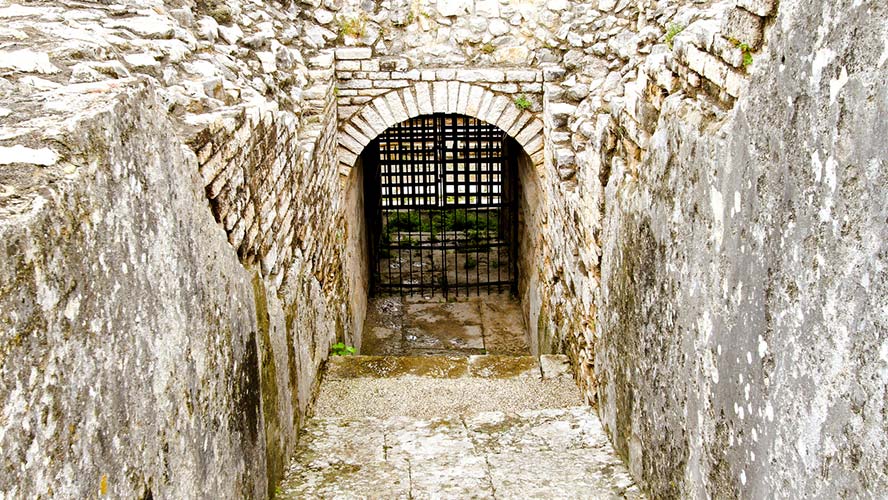
Catacombe di San Sebastiano
Built between the 3rd and 5th centuries, this was the first Christian burial site to be designated a catacomb. There are four levels of underground galleries that were dug out of the limestone subsoil and the loculi are closed off with slabs of marble or tiles of terracotta.
The complex houses a Christian basilica that was built between the 4th and 8th centuries. It is believed that St. Peter and St. Paul were interred in the catacombs below the basilica and that is why it became a place of pilgrimage. In the 16th century, the basilica was named after San Sebastiano, the third patron of Rome who had been executed in the 4th century and whose remains rest here.
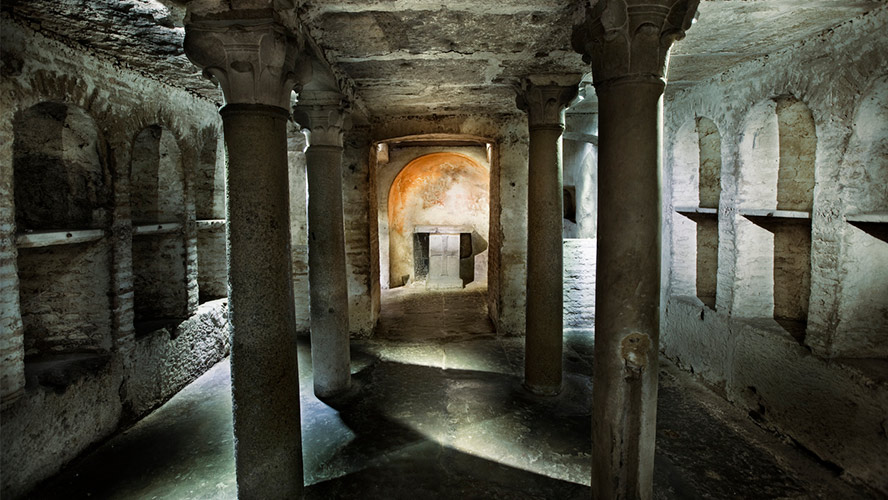
Catacombe di San Calissto
The most extensive and most-visited catacombs in Rome occupy 15 hectares and 20 km of underground tunnels. The catacombs are located on four levels that go as far as 25 m below ground and have only been partially explored.
The catacombs were founded in the 2nd century and were named after Pope Callixtus. They represent the first official cemetery of the Roman Catholic Church. Archaeologists have identified move than half a million tombs that date back to the period between the 2nd and 5th centuries. It contains the Crypt of the Popes which held the relics of seven martyred popes from the 3rd century. The original tomb of St. Cecilia is located here, surrounded by 5th-century frescos. The sarcophagus was moved in 820 to the church of Santa Cecilia in Trastevere.
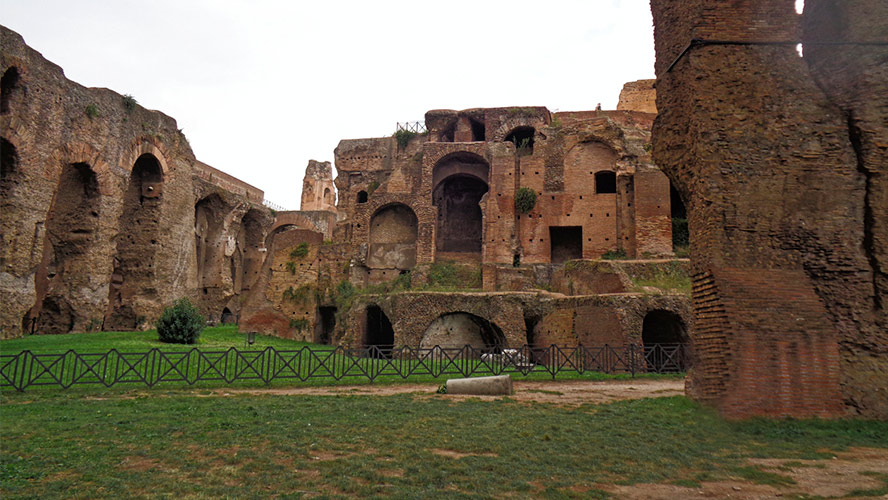
Catacombe di Domitilla
This underground cemetery spans 17 km and is laid out on four different levels. It is one of most ancient and most extensive catacombs of Rome. Located just 300 m from the Catacombe di Calissto, it is actually well away from the Via Appia Antica. This complex houses different types of sepulchres, including the loculus (an individual burial niche), the arcosolium (an arched recess used as a place of entombment for up to 15 remains), and the cubiculum (a family pantheon for wealthy families).
Many of the tombs, especially those from the 1st and 2nd centuries, were pagan. In fact, some of the burial chambers revealed both pagan and Christian inspired frescos.
The complex also features Chiesa di SS Nereus e Achilleus, a 4th-century church dedicated to two Roman soldiers martyred by Diocletian.
Catacombe di Priscilla
Located on the northern edge of Rome on the ancient Roman road of Via Salaria, Catacombe di Priscilla features 13 km of underground tunnels. These are the most ancient catacombs and house incredibly well-preserved Christian frescos that provide incredible insight into Christian iconography. This includes the oldest known representations of Madonna and Child.
The Vatican Necropolis
The Vatican necropolis is located below St. Peter’s Basilica and was built on the ancient road of Via Cornelia long before the Basilica was erected over the site. It served as a burial ground for the first Christians to be martyred in 67 at the Circus of Nero. It became a place of pilgrimage until the Roman Emperor Constantine I decided to build the Basilica here in 319.
Archaeological excavations in 1949 revealed a well-preserved necropolis. 22 of the discovered mausoleums are open to the public, including Field P. This tiny 4×8 m area is covered in mosaics and the left wall houses a loculus with human remains covered with a gold-thread cloth. There is an inscription in Greek from 160 that reads ‘Petro Eni’ and translates as Peter is within.




































































